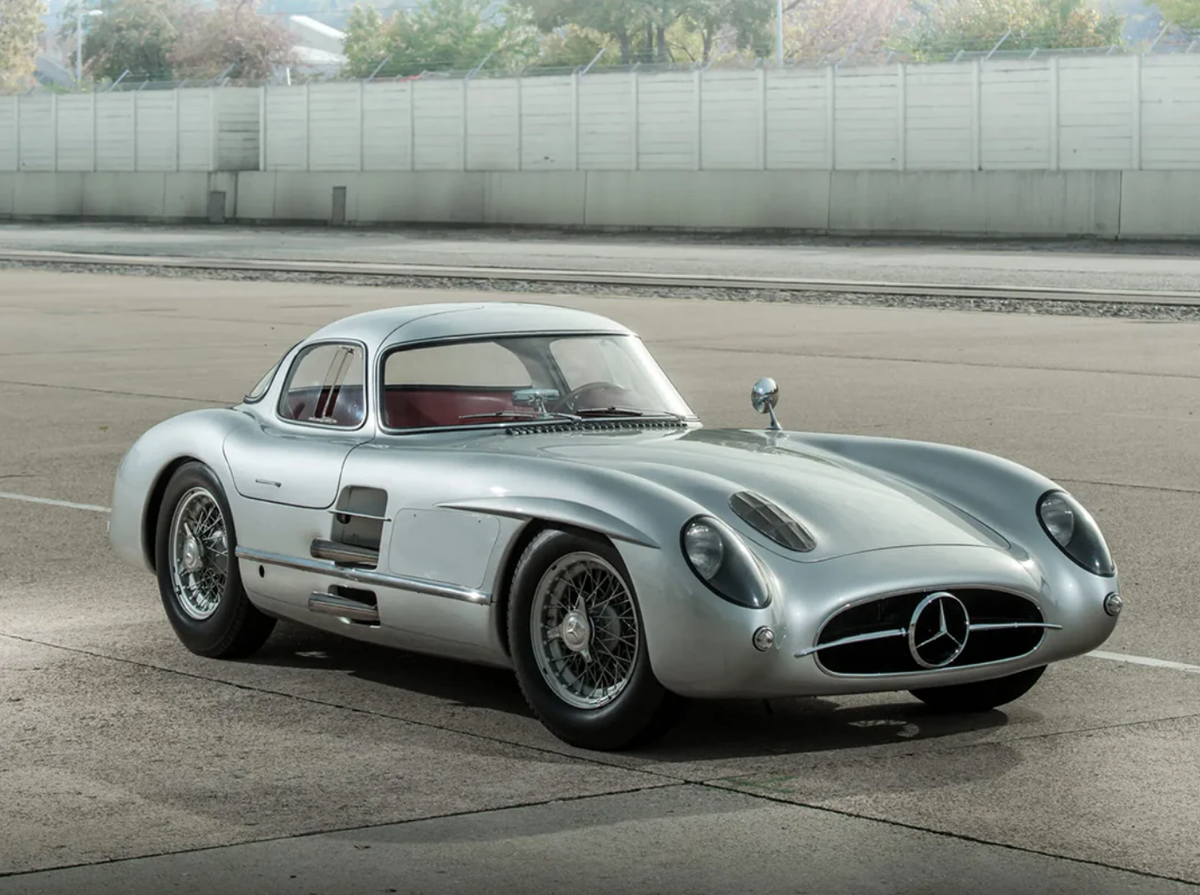In my past 20 years in the art market, I’ve had to brush up on several unexpected collectible categories—think handbags, watches and NFTs.
The latest, thanks to Christie’s announced acquisition of Gooding & Company, is the classic cars market. This seems a natural addition to the trade of luxury (unnecessary) goods—where, to the general population, art also belongs. Christie’s arguably comes late to the scene: Sotheby’s took full ownership of what is now RM Sotheby’s in 2022, while Bonhams and Artcurial have deep roots in car collecting.
At the moment, luxury goods are helping to make up some of the fine art slack. Even before the Gooding & Company acquisition, these sales accounted for more than 17% of Christie’s first half numbers, second only to its 20th and 21st century art category and nearly five times more than Old Master works ($362m versus $77m).
The classic car market at major league auctions is small compared to fine art —the industry’s K500 index puts sales at $838mn last year. Margins are less than for art—the buyer’s premium hovers between 10% and 12% versus up to 26%—but it is a growth area, with sales even slightly up in 2023. Following a post boom slump in the 1990s, demand for classic cars has motored, while a post-Covid bounce gave an additional jumpstart (all puns intended).
The most expensive public price for a car—$142m for a zippy 1955 Mercedes-Benz Uhlenhaut Coupé—was made in 2022. Under its new ownership, Gooding & Company plans to expand, says president and co-founder David Gooding.
The US remains the biggest market, but there are car buyers and events around the world—“you could go to one every weekend,” Gooding says, which sounds familiar. The Concours d’Elegance in California’s Pebble Beach, which started in 1950, is the Art Basel, Basel of the classic car world.
As with fine art, condition, rarity and provenance can make—or break—a sale. This month, Christie’s Exceptional Sale in Paris was to be headlined by a 1958 Ferrari 250 GT (est €600,000-€800,000), allegedly owned by the actress Angelina Jolie, according to the auction house's press release. The lot was pulled from the sale last week after doubts over its connection to Jolie emerged on a Ferrari online forum, later reported by Bloomberg. Christie's maintains that Jolie is the owner of the car. “At the request of Ms. Jolie’s team, Christie’s will not offer this lot at auction in November, to better position the lot for future sale,” a Christie’s spokesperson said.
Taste has shifted through the years, matching younger buyers, a growing female fanbase and the need for speed, Gooding says. Performance cars, made by the likes of Ferrari, Porsche and Mercedes, plus Toyota in the Asian market, have taken over from the stately Rolls Royces of the past. Contemporary cars (post 2000) are in vogue, though Gooding notes that in March his firm sold a Mercedes-Simplex from 1903 for $12.1m, a record price for a pre-1930 car.
Mileage, on more recent models, is a “conundrum”, he says—and a reminder that where cars are truly distinct from art is that they are meant to be used. Low mileage is desirable and a car loses value once this ticks up. The goldilocks zone somewhere between very little and not much mileage and is seemingly an area of obsession. Some buyers today, Gooding says, don’t drive their cars at all. He is clear though that “first and foremost a car has to be beautiful”.
While I’m not yet a motorhead, I find it a rather refreshing marker of excellence given the art market’s more shrouded metrics of value. It likely explains its popularity too—there’s a universality to liking what you see. No wonder the auction houses are racing into the field.



